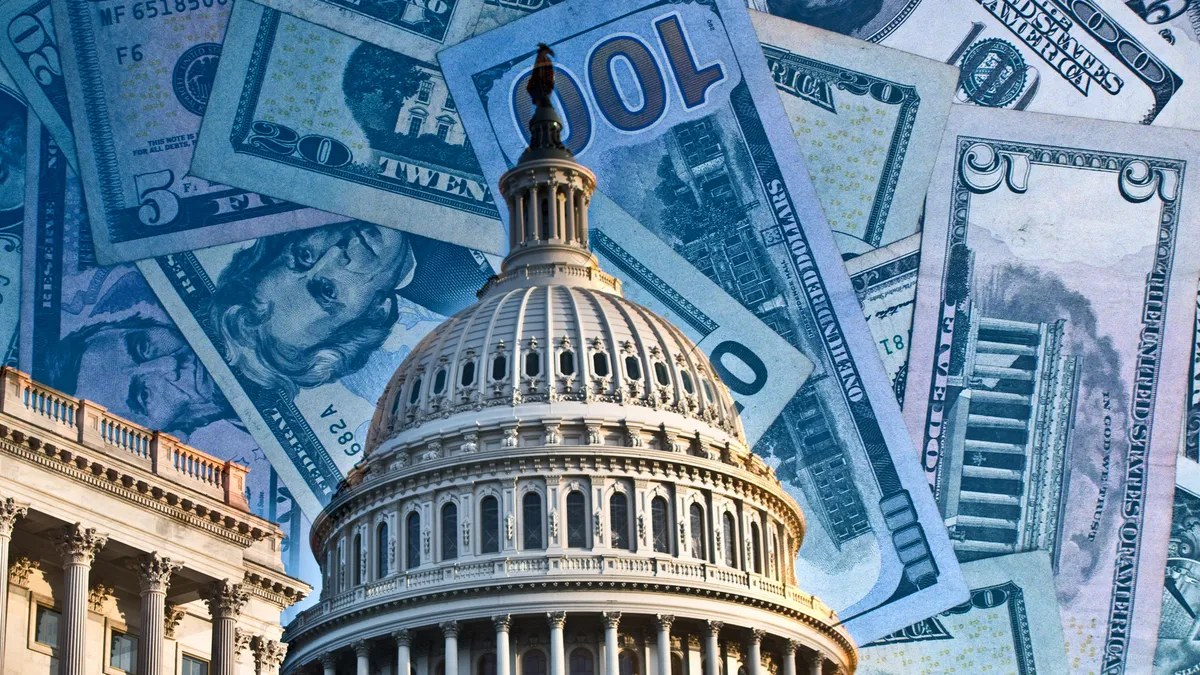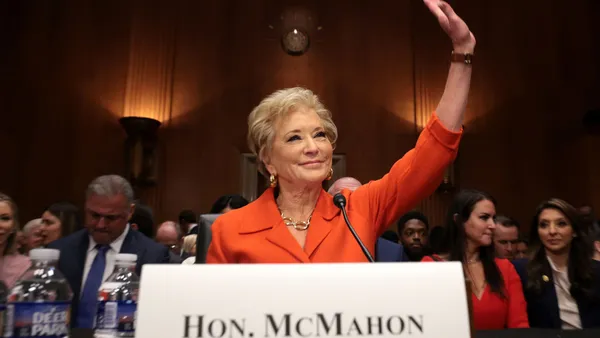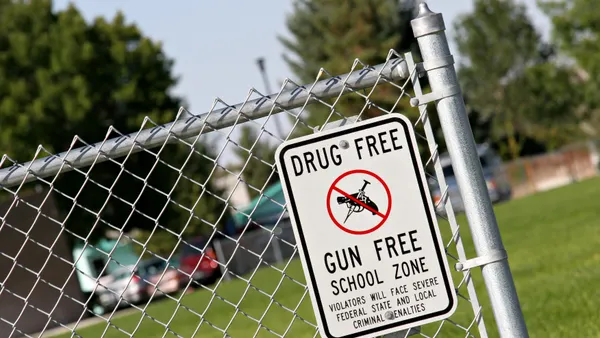Dive Brief:
- Federal, state and local school officials need to monitor student outcomes, have transparent spending procedures and quickly respond to any misspending to ensure the nearly $200 billion in pandemic relief funding for K-12 schools is used as intended, said members of Congress during a virtual hearing Wednesday.
- Several lawmakers attending the joint subcommittee hearing of the House Education and Labor Committee said the funding has been a lifeline to schools as they restarted in-person learning and began to respond to student learning loss and social-emotional needs. However, they cautioned that taxpayers expect the investments to meet the needs of students, especially those disproportionately impacted by the pandemic.
- U.S. Department of Education Deputy Secretary Cindy Marten said the department has approved 46 state Elementary and Secondary School Emergency Relief fund plans so far and has several layers of oversight, including comprehensive monitoring to analyze full programmatic spending.
Dive Insight:
The largest single federal investment in K-12 is helping schools keep students and staff safe from the pandemic, providing summer enrichment and tutoring programs, and decreasing class sizes, lawmakers said. But the funding boost also comes with a large responsibility for those overseeing disbursements.
"I have a particular interest in making sure that these funds are not misused so that could then be used as an excuse against future investments," said Democratic Rep. Jahana Hayes of Connecticut, who is a former teacher.
Republican Rep. Burgess Owens of Utah also urged strong fiscal governance. "Spending 400% more on K through 12 schools than they normally receive from the Department of Education in one year should warrant transparency and accountability at the very least," he said.
Marten told members of the joint subcommittee that in addition to the close reviews of state plans and ongoing monitoring efforts, the department has issued guidance, provided technical assistance and hosted webinars about best practice uses for relief funds in alignment with the law.
"And that's what we want to do is lift up those practices that address how these funds are intended," Marten said. "The programs in the state plans, they give us a great window into what states are doing and how they're using the funds as intended."
The department has also created an Education Stabilization Fund Transparency Portal that details ESF allocations and uses in the states. For example, the portal shows that Florida school systems spent 14.8% of the state’s $8.6 billion ESSER allocation as of Sept. 30. Nationally, school systems have through Sept. 30, 2024, to obligate American Rescue Plan funds.
Marten said although states and districts can use funds based on the needs in their localities with stakeholder input, typically, schools first dedicated relief funding to open schools safely to in-person learning and then began budgeting for learning loss interventions and programs to support students' social and emotional well-being.
ARP requires states to reserve 5% and local school districts to reserve 20% of ESSER funds for learning recovery programs. Among the activities highlighted in state plans, Marten said, about 6,000 school districts intend to use ed tech to support students' learning. She added that 851 districts indicated they had summer learning and enrichment programs.
A few lawmakers asked how the relief funding is supporting students with disabilities whose individualized supports and therapies were disrupted during school closures. The ARP provided $3 billion in new funding for students served under the Individuals with Disabilities Education Act.
"The kinds of things that they need are decided school-by-school, state-by-state with the student in mind, and we say we need to know our students by name and by need, and design what's going to best help them individually recover what's been missing for them," Marten said.















